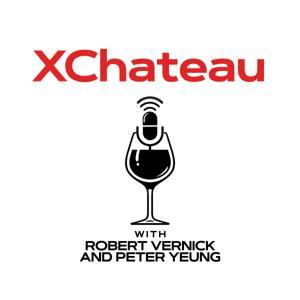
Sign up to save your podcasts
Or



By Vineyard Team





5
4040 ratings



The podcast currently has 300 episodes available.










The podcast currently has 300 episodes available.

9,552 Listeners

421 Listeners

258 Listeners

187 Listeners

14,890 Listeners

511 Listeners

163 Listeners

402 Listeners

372 Listeners

91 Listeners

9 Listeners

105 Listeners

54 Listeners

77 Listeners

1,428 Listeners